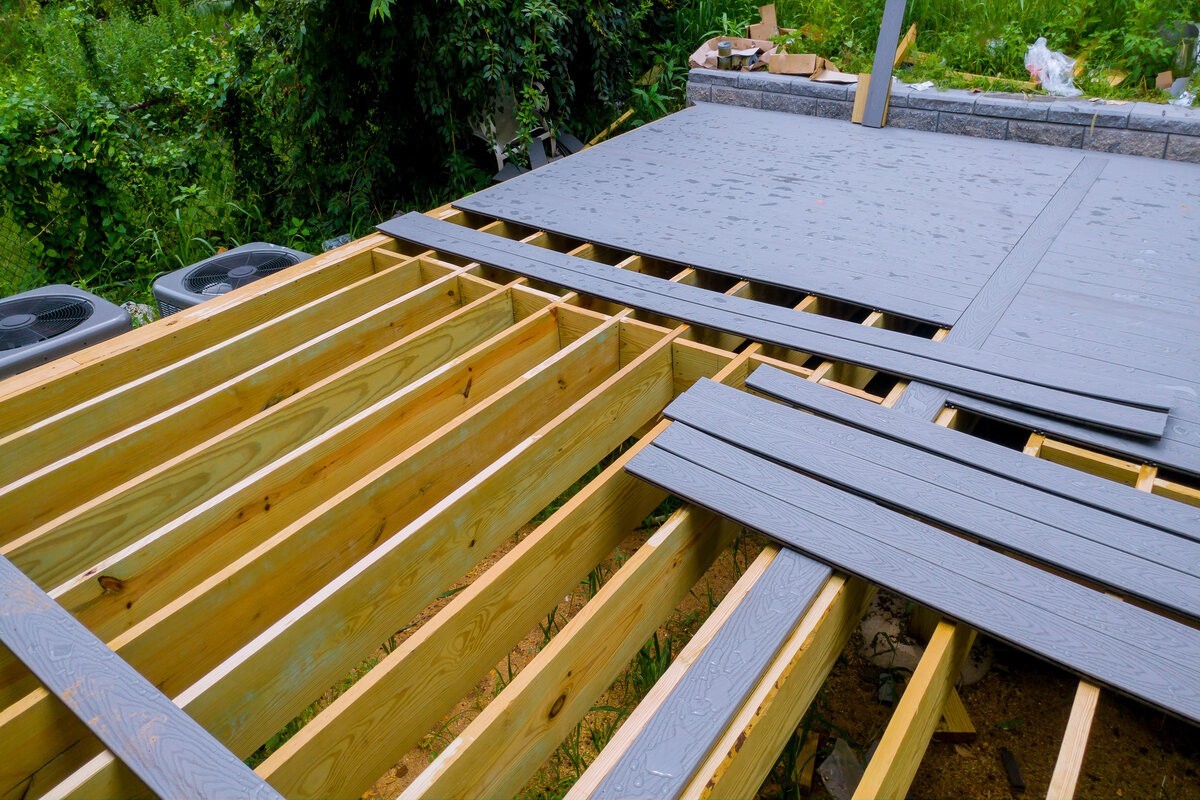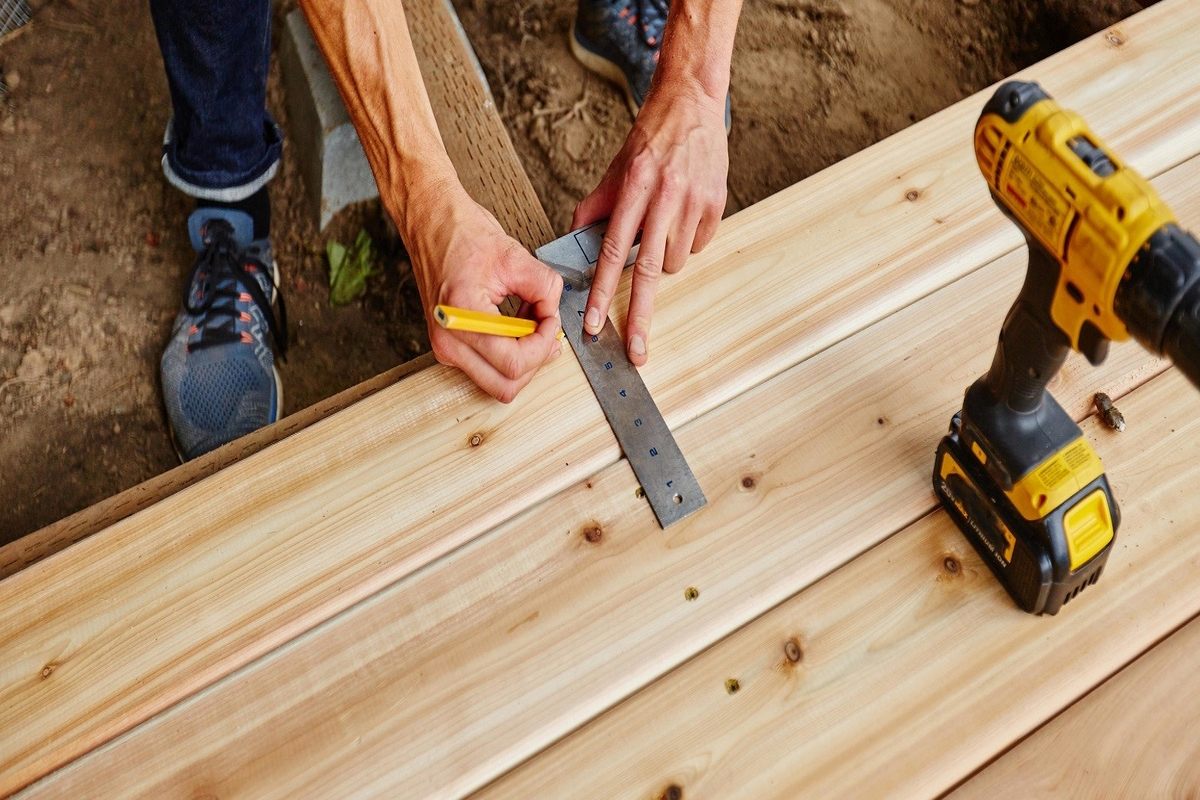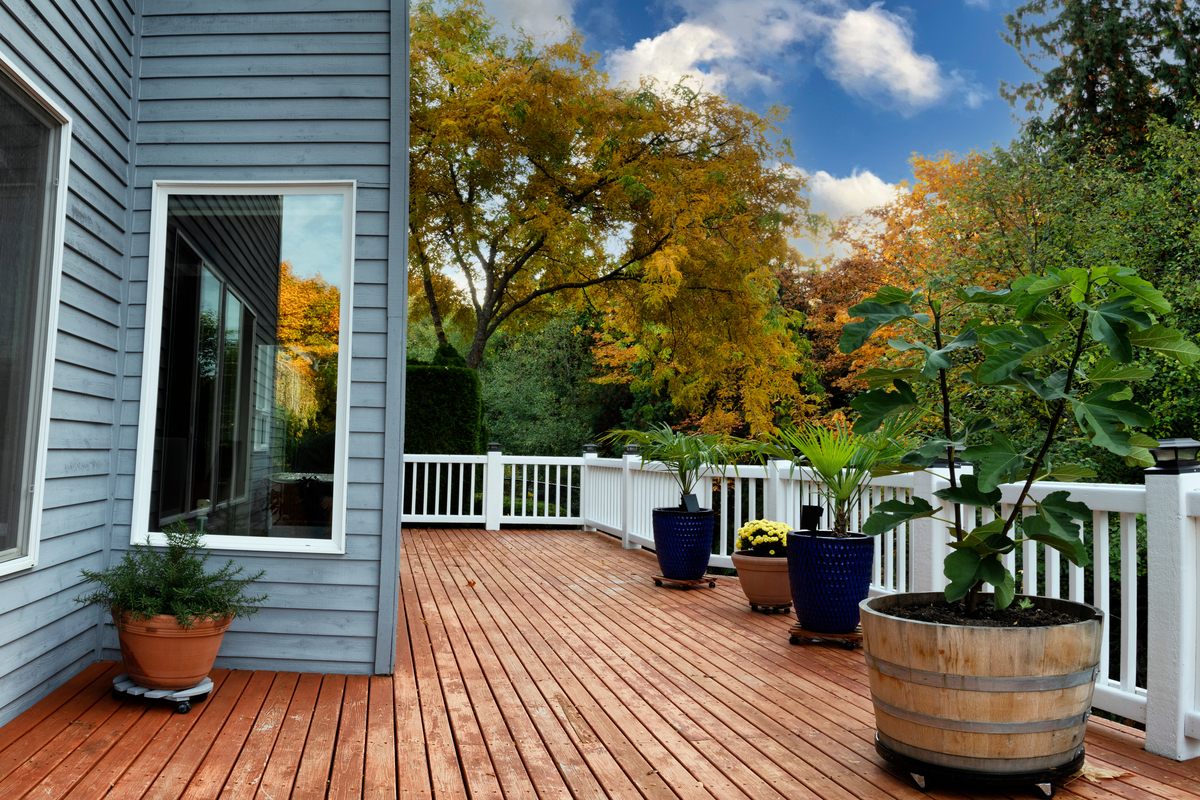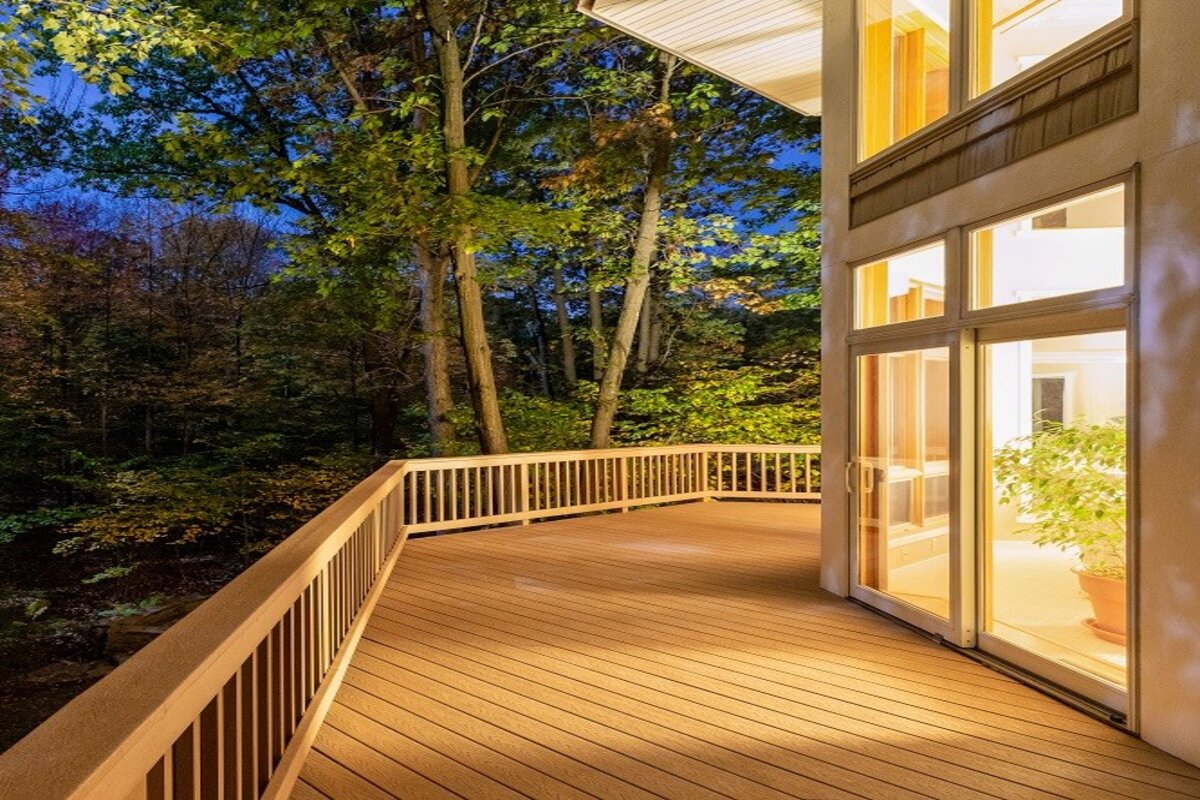Composite decking has revolutionized outdoor spaces, offering durability and aesthetics with minimal maintenance. However, like any material, it isn’t entirely immune to issues. One such issue that homeowners sometimes encounter is swollen composite decking boards. While it’s less common with modern advancements, it’s still a concern worth addressing. If you’ve noticed swelling on your composite decking, this guide will walk you through what to do.
What Causes Swollen Composite Decking Boards?
Composite decking boards are designed to withstand the elements, and technological advancements in the last decade have significantly improved their resilience. Modern composite boards are capped, meaning the material is fully encased, reducing the chances of swelling. However, swelling can still occur under certain conditions, particularly at the ends of the boards where they may be exposed to water. Understanding these factors is the first step in addressing the problem.
Moisture Exposure
The primary cause of swollen composite decking boards is exposure to moisture. Even though these boards are engineered to resist water, prolonged or excessive exposure, especially at the ends where the protective cap may be compromised, can lead to swelling. This typically happens when the boards are installed in a water environment or in situations where water pools and remains in contact with the exposed ends for extended periods.
Installation Issues
Improper installation can also contribute to swelling. If the ends of the boards are not properly sealed or if the installation doesn’t allow for adequate drainage, water can seep into the boards, causing them to expand. While modern composite boards are less prone to these issues, ensuring correct installation practices is crucial to prevent swelling.
Older Composite Boards
While new composite decking products are highly resistant to swelling, older installations might not offer the same level of protection. If your deck is several years old and swelling has become an issue, it could be due to the materials used at the time of installation, which may not have the same technological advancements as newer products.
How to Fix Swollen Composite Decking Boards
If you’ve identified that your composite decking boards are swollen, there are several steps you can take to fix the issue. Here’s a step-by-step guide to help you address the problem effectively.
1. Assess the Damage
The first step is to assess the extent of the swelling. Check if the swelling is localized to specific areas, such as the ends of the boards, or if it’s widespread across the deck. This assessment will help determine whether you need to replace individual boards or if there’s a broader issue with the deck’s installation.
2. Remove the Affected Boards
If the swelling is localized to a few boards, the best course of action is to remove these boards. This is especially important if the swelling has compromised the structural integrity of the decking. Carefully pry up the affected boards, taking care not to damage the surrounding boards.
3. Inspect the Substructure
Once the swollen boards are removed, inspect the substructure for any signs of water damage or improper installation. Ensure that the area is dry and that there’s adequate drainage to prevent future water buildup. If the substructure shows signs of damage, repairs may be necessary before installing new boards.
4. Install New Boards
Replace the swollen composite decking boards with new ones. Ensure that the new boards are properly sealed at the ends to prevent water from seeping in. It’s also a good idea to leave a small gap between the boards to allow for expansion and contraction, especially in areas with high moisture levels.
5. Improve Drainage
To prevent future issues with swollen composite decking boards, consider improving the drainage around your deck. Ensure that water flows away from the deck and that there are no areas where water can pool and remain in contact with the boards for extended periods.
How to Prevent Swollen Composite Decking Boards in the Future
Prevention is always better than cure, especially when it comes to maintaining your composite deck. Here are some tips to prevent swelling in the future:
1. Regular Maintenance
While composite decking requires less maintenance than wood, it’s still important to keep it clean and free from debris. Regularly sweep the deck and clean it with a gentle soap and water solution to prevent dirt buildup, which can trap moisture.
2. Proper Installation
Ensure that your deck is installed according to the manufacturer’s guidelines. Proper sealing of the ends, adequate spacing between boards, and ensuring proper drainage are crucial steps to prevent swelling.
3. Use High-Quality Materials
Opt for high-quality composite decking boards that come with a manufacturer’s warranty against swelling and other issues. These boards are engineered to resist moisture and are less likely to swell, even in challenging environments.
In Summary
Swollen composite decking boards can be a frustrating issue, but with the right approach, it’s something that can be fixed and prevented. By understanding the causes of swelling, taking prompt action to replace affected boards, and ensuring proper installation and maintenance, you can keep your deck looking great for years to come.
If you’re dealing with swollen composite decking boards or want to prevent this issue in the future, contact us for expert advice and solutions.






